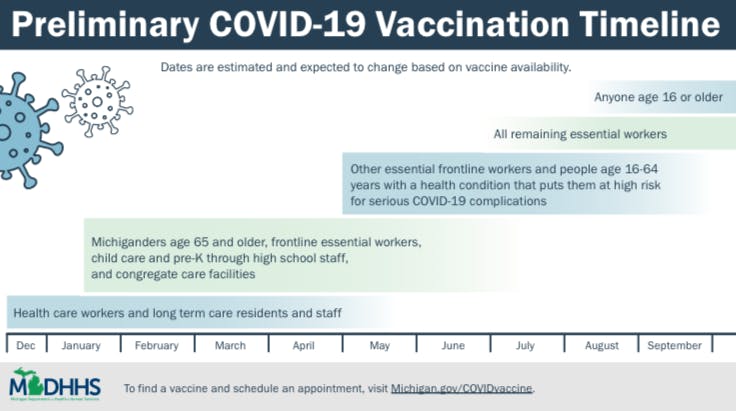
With COVID, this technology got its moment and has proven to be extremely safe and effective. Thanks to decades of research and innovation, mRNA vaccine technology was ready.

Some of those vaccines used traditional methods involving adenovirus as the spike protein delivery system-such as the Johnson & Johnson vector vaccine. Remember, the COVID-19 pandemic spurred manufacturers to develop dozens of potential vaccines against SARS-CoV-2 and brought tremendous increases in funding. The first mRNA vaccines using these fatty envelopes were developed against the deadly Ebola virus, but since that virus is only found in a limited number of African countries, it had no commercial development in the U.S. So, what happened once they figured out this technology? Once inside the cell, the mRNA message could be translated into proteins, like the spike protein of SARS-CoV-2, and the immune system would then be primed to recognize the foreign protein. The solution to this problem came from advances in nanotechnology: the development of fatty droplets (lipid nanoparticles) that wrapped the mRNA like a bubble, which allowed entry into the cells. The biggest challenge was that mRNA would be taken up by the body and quickly degraded before it could “deliver” its message-the RNA transcript-and be read into proteins in the cells. The early years of mRNA research were marked by a lot of enthusiasm for the technology but some difficult technical challenges that took a great deal of innovation to overcome. There’s a big gap between when the first mRNA flu vaccine was tested in mice in the 1990s and when the first mRNA vaccines for rabies were tested in humans in 2013.


 0 kommentar(er)
0 kommentar(er)
